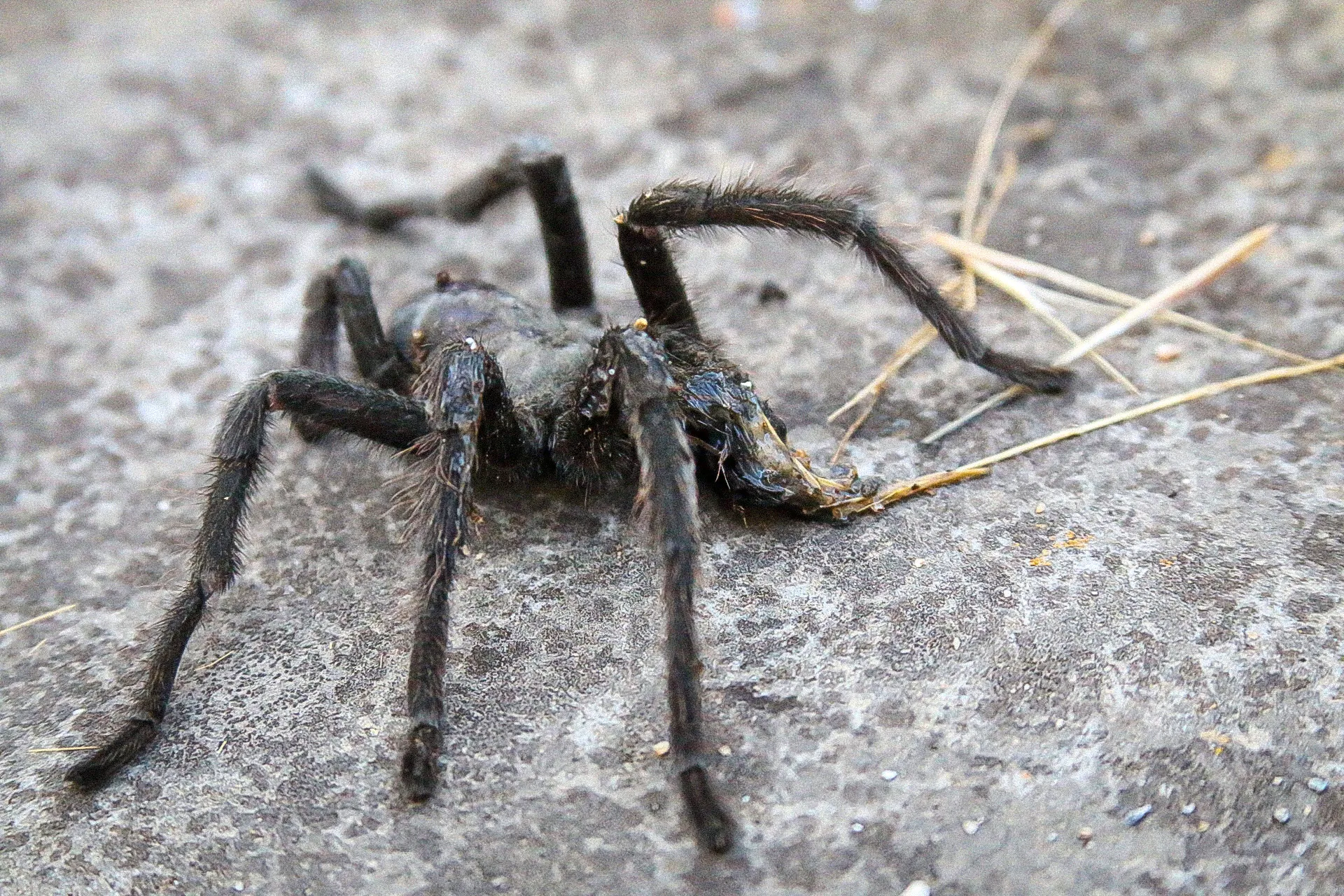Top 5 Tarantula Care Tips for Beginners
Embarking on the journey of tarantula ownership can be an incredibly rewarding experience. These fascinating creatures are relatively low-maintenance pets, but understanding their specific needs is crucial for their well-being. This guide will provide you with the essential knowledge to ensure your tarantula thrives. From selecting the right species to creating an ideal habitat and ensuring proper feeding, this comprehensive guide simplifies the basics of tarantula care. Get ready to become a responsible and informed tarantula owner. This comprehensive guide will help you provide your new pet with a fulfilling and healthy life, starting today.
Choosing Your First Tarantula
Choosing the right tarantula species is a pivotal first step. Some species are known for their docile temperaments and are better suited for beginners. Consider the following species, like the Chilean Rose Hair (Grammostola rosea) or the Pinktoe Tarantula (Avicularia avicularia), which are generally less prone to defensive behaviors. Research the adult size of the tarantula to ensure you can provide an adequately sized enclosure. Be mindful of the tarantula’s lifespan, as some species can live for decades. Finally, factor in your personal preferences; do you prefer a terrestrial, arboreal, or fossorial species? These initial considerations will set the stage for a successful and enjoyable experience in tarantula ownership, ensuring you can provide the best possible care from day one.
Understanding Tarantula Species
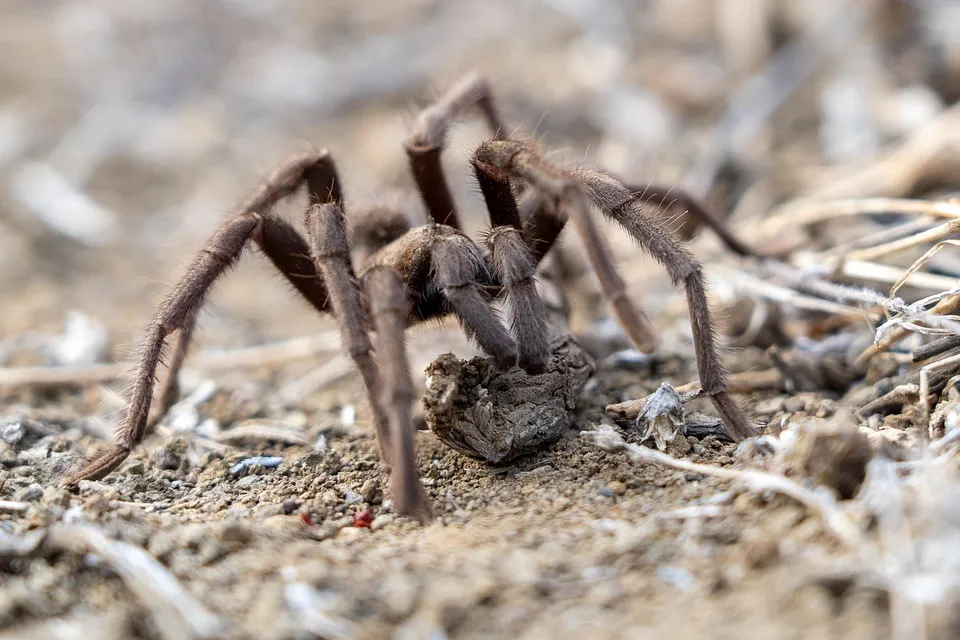
Tarantulas exhibit a diverse range of behaviors, habitats, and care requirements, making it important to understand the specific needs of your chosen species. Researching the species’ natural habitat provides insights into optimal enclosure setups, including substrate, humidity, and temperature levels. Some species are terrestrial, meaning they live on the ground, while others are arboreal, preferring to live in trees, and require different enclosure designs. Knowing the species’ temperament is also crucial. Some tarantulas are more prone to defensive behaviors, while others are more docile. This knowledge informs how you handle your pet. Consider also the growth rate; some species grow quickly, while others are slower, affecting how frequently you’ll need to provide food and potentially rehouse the tarantula.
Ideal Tarantula Enclosure Setup
Setting up the ideal enclosure is essential for your tarantula’s well-being. The enclosure should be appropriately sized for the tarantula’s adult size, providing ample space for movement. A secure, well-ventilated enclosure is non-negotiable. Glass or acrylic tanks are common choices, but ensure the lid is secure to prevent escapes. The setup must mimic the tarantula’s natural habitat. This often includes specific temperature and humidity levels. Provide a substrate, such as coco coir or peat moss, to retain moisture and allow the tarantula to burrow. Decorations like cork bark or artificial plants provide hiding places and enrich the environment, encouraging natural behaviors. A properly set up enclosure reduces stress and helps the tarantula thrive.
Substrate Selection
The choice of substrate significantly impacts the tarantula’s environment. Substrate helps maintain humidity levels, provides a burrowing medium for terrestrial species, and offers a naturalistic feel. Coco coir is a popular choice, known for its excellent moisture retention and ease of use. Peat moss is another option, offering similar benefits. For arboreal species, a mix of substrates, along with decorations to climb on, is ideal. Avoid using substrates with sharp edges or those that can be toxic. The substrate should be deep enough for burrowing species to create their burrows. Regular maintenance, like spot cleaning and periodic substrate replacement, is important to keep the enclosure clean and healthy.
Temperature and Humidity Control
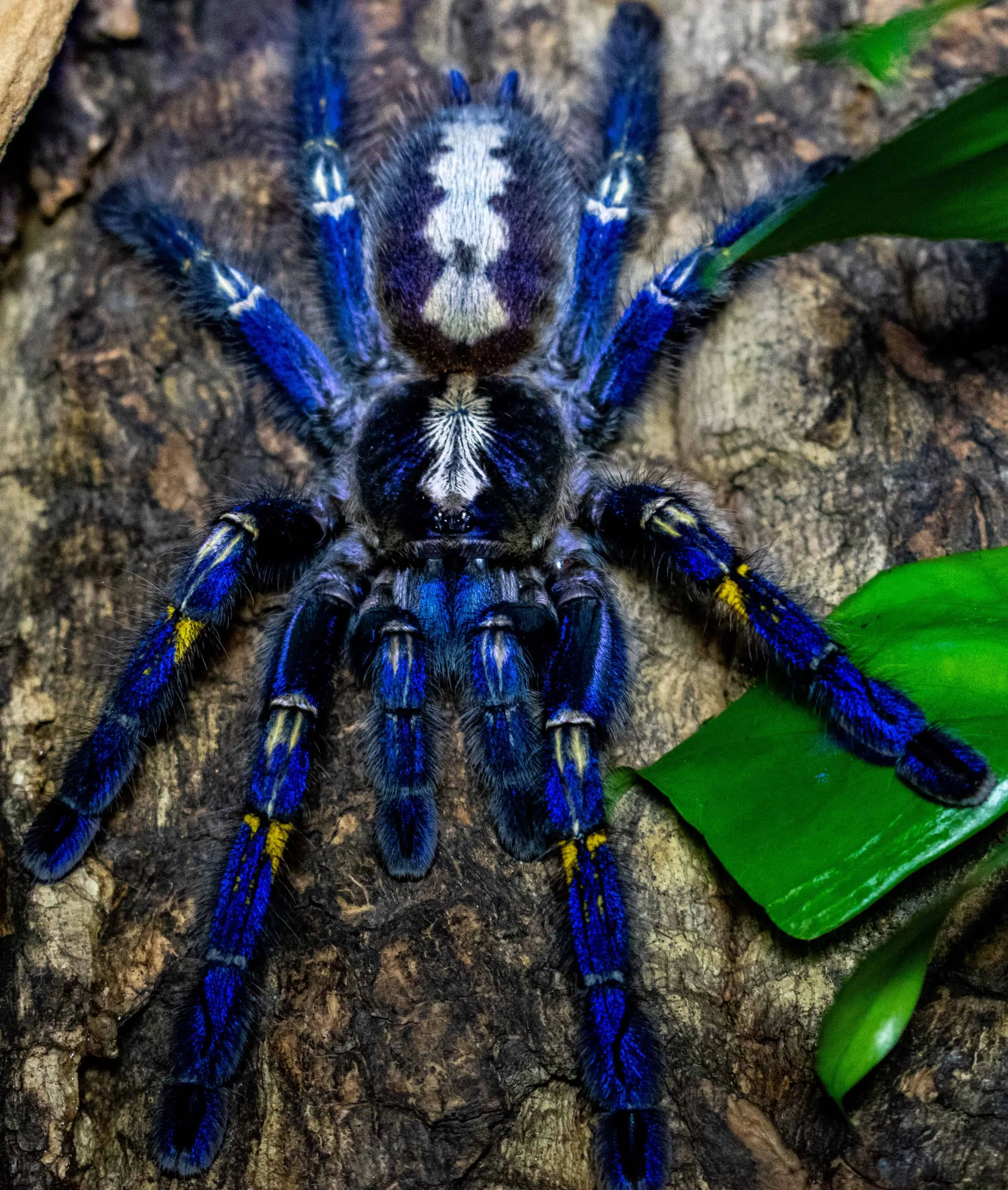
Maintaining the correct temperature and humidity levels is vital for tarantula health and well-being. Most tarantulas thrive in temperatures between 70-80°F (21-27°C). Use a thermometer to monitor the temperature within the enclosure and adjust accordingly. Humidity levels vary depending on the species. Tropical species require higher humidity, while desert species need drier conditions. A hygrometer is essential for measuring humidity. Use a spray bottle to mist the enclosure regularly to increase humidity, but avoid over-misting, which can lead to mold growth. Ensure proper ventilation to prevent stagnant air and mold. Monitoring and maintaining optimal temperature and humidity levels ensures that your tarantula thrives, molts successfully, and remains healthy.
Providing Fresh Water
Access to fresh water is non-negotiable for all tarantulas. Provide a shallow water dish that is easily accessible and not too deep, preventing accidental drowning. The water dish should be placed securely to avoid spills. Use a water source free of chlorine and other chemicals. Change the water frequently, ideally daily, to keep it clean and prevent bacterial growth. Some keepers use cotton balls or sponges in the water dish to help reduce the risk of drowning and provide additional surface area for drinking. Providing a clean and accessible water source ensures your tarantula stays hydrated and healthy.
Feeding Your Tarantula
Feeding your tarantula is a critical aspect of its care. Tarantulas are primarily insectivores, feeding on a variety of insects like crickets, mealworms, roaches, and other appropriately sized prey. The size of the prey should be roughly the same size as the tarantula’s abdomen. Avoid feeding prey that is too large, as it may stress the tarantula. Make sure to remove any uneaten prey within 24 hours to prevent them from stressing or potentially harming the tarantula. Always ensure the prey items are from a reputable source, free from pesticides or chemicals that could harm your pet. This meticulous approach will ensure your tarantula receives proper nutrition and remains in optimal health.
Appropriate Prey Items
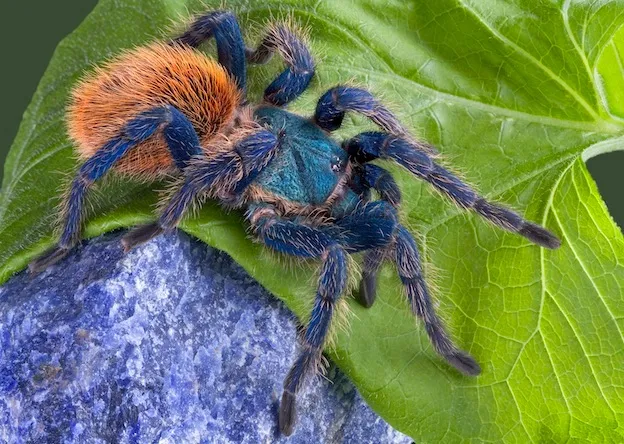
Selecting the right prey is important for your tarantula’s nutrition and health. Crickets, mealworms, and roaches are common choices, but their nutritional value can vary. Offer a variety of prey to ensure a balanced diet. Before feeding, gut-load the prey by providing them with nutritious food sources like fruits and vegetables. This increases the nutritional value of the prey, passing those benefits on to your tarantula. Avoid wild-caught insects, as they may carry parasites or have been exposed to pesticides. The prey should be free of parasites, safe, and healthy, so your tarantula can benefit from its meal.
Feeding Frequency
Feeding frequency depends on the tarantula’s age, species, and growth rate. Spiderlings and juveniles typically need to be fed more often, about every 2-3 days, as they grow. Adult tarantulas can be fed less frequently, sometimes once a week or even less, depending on their species and metabolism. Observe the tarantula’s abdomen. If it appears plump, it may not need to be fed. Reduce feeding frequency before molting; this is a natural period of reduced appetite. Adjust your feeding schedule to accommodate the needs of your tarantula.
Tarantula Handling Safety
Handling tarantulas is a matter that demands caution. While some species are more docile, all tarantulas are capable of biting or exhibiting defensive behavior. Always be gentle, move slowly, and avoid sudden movements that might startle them. Always handle a tarantula close to the ground or over a soft surface, in case of accidental falls. Wash your hands thoroughly after handling your tarantula, and avoid touching your face or eyes. It’s essential to approach handling with respect, to minimize the risks to both the owner and the spider. Always respect the tarantula’s natural behavior. Handle with care. Handle tarantulas when absolutely necessary, and always prioritize their well-being.
Do’s and Don’ts of Handling
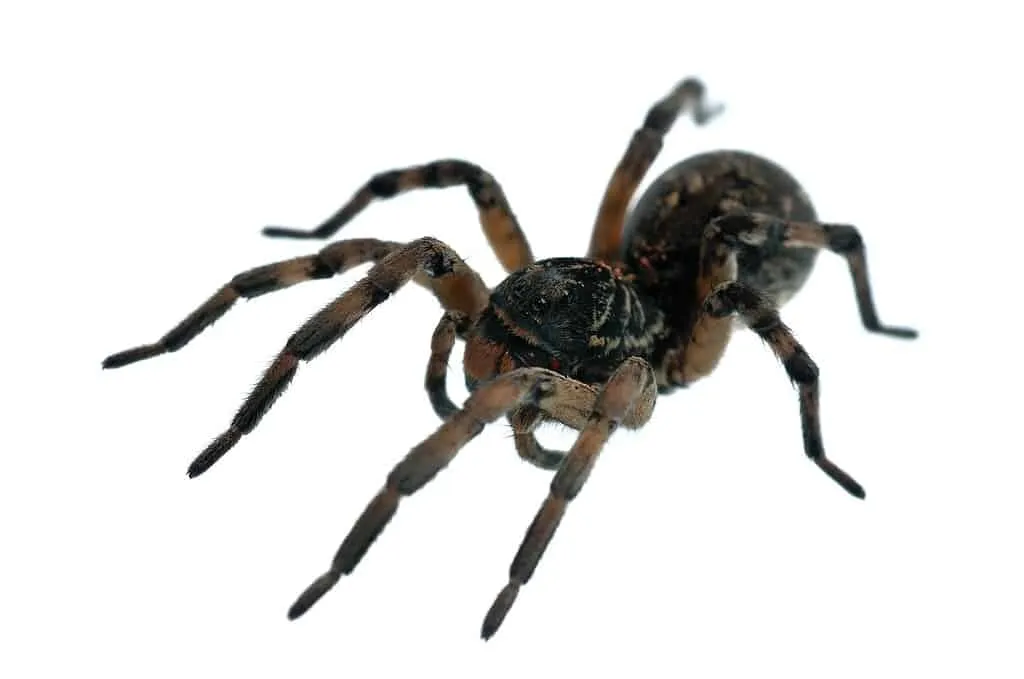
When handling a tarantula, it is critical to follow some safety guidelines. Avoid handling a tarantula if it appears stressed, defensive, or about to molt. Never force a tarantula to be handled. Do support the tarantula’s body gently and avoid squeezing or grabbing it. Make sure to handle over a soft surface to prevent injuries. Keep the handling sessions short. Don’t handle after applying lotions or creams. Never handle if you’re unsure of its behavior. Handling can be stressful to tarantulas. Focus on providing a safe and positive interaction. Always prioritize the tarantula’s well-being.
Recognizing and Handling Aggression
Understanding and recognizing signs of aggression is essential for safe handling. Tarantulas exhibit several defensive behaviors, including raising their front legs, showing their fangs, or flicking urticating hairs. If a tarantula displays these behaviors, it is best not to handle it. If you must handle an aggressive tarantula, use a soft brush or a cup to gently encourage it to move. Avoid making sudden movements or startling the tarantula. Always respect their boundaries and understand that their behavior stems from a need for self-preservation. By respecting these signals, you can minimize the risk of bites or defensive behaviors.
Maintaining a Healthy Tarantula
Keeping your tarantula healthy involves proactive care and keen observation. Regular checks of your tarantula’s behavior, appetite, and overall appearance can reveal early signs of health issues. A healthy tarantula should be active and alert, with a good appetite. Maintain the ideal environment by ensuring the correct temperature, humidity, and substrate conditions. Provide a balanced diet with appropriate prey items. Prompt intervention can prevent many health issues. By taking a proactive approach to your tarantula’s health, you can minimize the risk of serious problems. Preventative care is key to ensuring your pet enjoys a long and healthy life.
Identifying Common Health Issues

Recognizing potential health issues is crucial. Common signs include loss of appetite, lethargy, or changes in behavior. Look out for any unusual postures or movements. Check for any injuries or parasites, as well as changes in the appearance of the abdomen or the legs. Be alert for any signs of mites or fungal infections. If you notice any issues, it is important to consult with a veterinarian experienced in exotic animals or seek guidance from experienced tarantula keepers. By addressing these issues promptly, you can maintain your pet’s health and well-being.
Preventative Care
Preventative care is a cornerstone of tarantula health. Keep the enclosure clean and maintain proper hygiene to prevent the growth of bacteria or fungus. Provide the right conditions to support molting, as this is a vulnerable time for the tarantula. Supply a balanced diet of appropriately sized, nutritious prey. Regularly inspect the tarantula for any health issues. Keep stress to a minimum by avoiding unnecessary handling. By providing appropriate care, you will help ensure your tarantula’s long and healthy life. A proactive approach to preventative care will help prevent most health problems.
Where to Buy Your First Tarantula
Choosing a reputable source is key to a good start. Reputable breeders, pet stores, and online retailers are preferable. Examine the spider before purchasing it. Check for any signs of health issues or unusual behavior. Prioritize sellers with a good reputation. Research the seller’s reviews and talk to experienced keepers for recommendations. Avoid buying from unreliable sources. Ensure they can provide proper care information and support. Taking your time and doing research when choosing a tarantula will help ensure you find a healthy and happy pet.
Reputable Breeders and Suppliers

Selecting a reputable breeder is one of the most important steps. Reputable breeders prioritize the health and welfare of their tarantulas. They’ll be able to provide health records and detailed care information. Search for breeders with experience and a solid reputation. Look for those who are knowledgeable and willing to answer your questions. Local pet stores can be good places, but ask about the source and the animals. Purchasing from a reliable supplier helps ensure you receive a healthy tarantula and access to continued support. Research your supplier to prevent unpleasant surprises. Choose wisely. It makes a difference to your spider’s life.
Avoiding Scams
Scams and unethical practices are common. Avoid sellers who offer tarantulas at suspiciously low prices, as this may indicate poor care or questionable practices. Be wary of sellers who are evasive about the tarantula’s origin or health. Ask for clear pictures and videos to inspect the tarantula. Always do your research before purchasing, and seek advice from experienced keepers. Paying attention to the details will help you protect yourself from scams and ensure you get a healthy tarantula.
Ongoing Tarantula Care
Caring for a tarantula is a long-term commitment. Regular monitoring of your tarantula is important, as is consistent maintenance of its habitat. Create a regular schedule for feeding, watering, and cleaning. Adjust your care routine based on your tarantula’s needs, like adjusting temperature or humidity as needed. By consistently applying best practices, you are setting yourself and your tarantula up for success. Continuous learning and adaptation are necessary to give your pet the best life possible. The long-term joy of tarantula ownership is a reward in itself.
Regular Enclosure Maintenance

Regular enclosure maintenance is critical for a healthy habitat. Spot-clean the enclosure, removing any uneaten prey, waste, or molted exoskeletons. Replace the substrate periodically, depending on the substrate type and the species’ needs. Clean the water dish regularly. Ensure proper ventilation to prevent the buildup of harmful gases and the growth of mold. Periodically inspect the enclosure for any signs of infestation. Maintaining a clean, well-ventilated enclosure prevents disease. Follow these simple steps to keep your tarantula happy and healthy.
Molting Process and What to Expect
Molting is an essential part of a tarantula’s life cycle. During molting, the tarantula sheds its exoskeleton. Provide a stress-free environment during this vulnerable time. Keep the enclosure at a stable temperature and humidity. Stop feeding your tarantula when it’s nearing a molt. Avoid handling or disturbing it. After molting, your tarantula may need time to recover. It may take several days for its new exoskeleton to harden. Offer prey items. Watch your tarantula thrive after a successful molt. Molting is a significant and awe-inspiring process.
